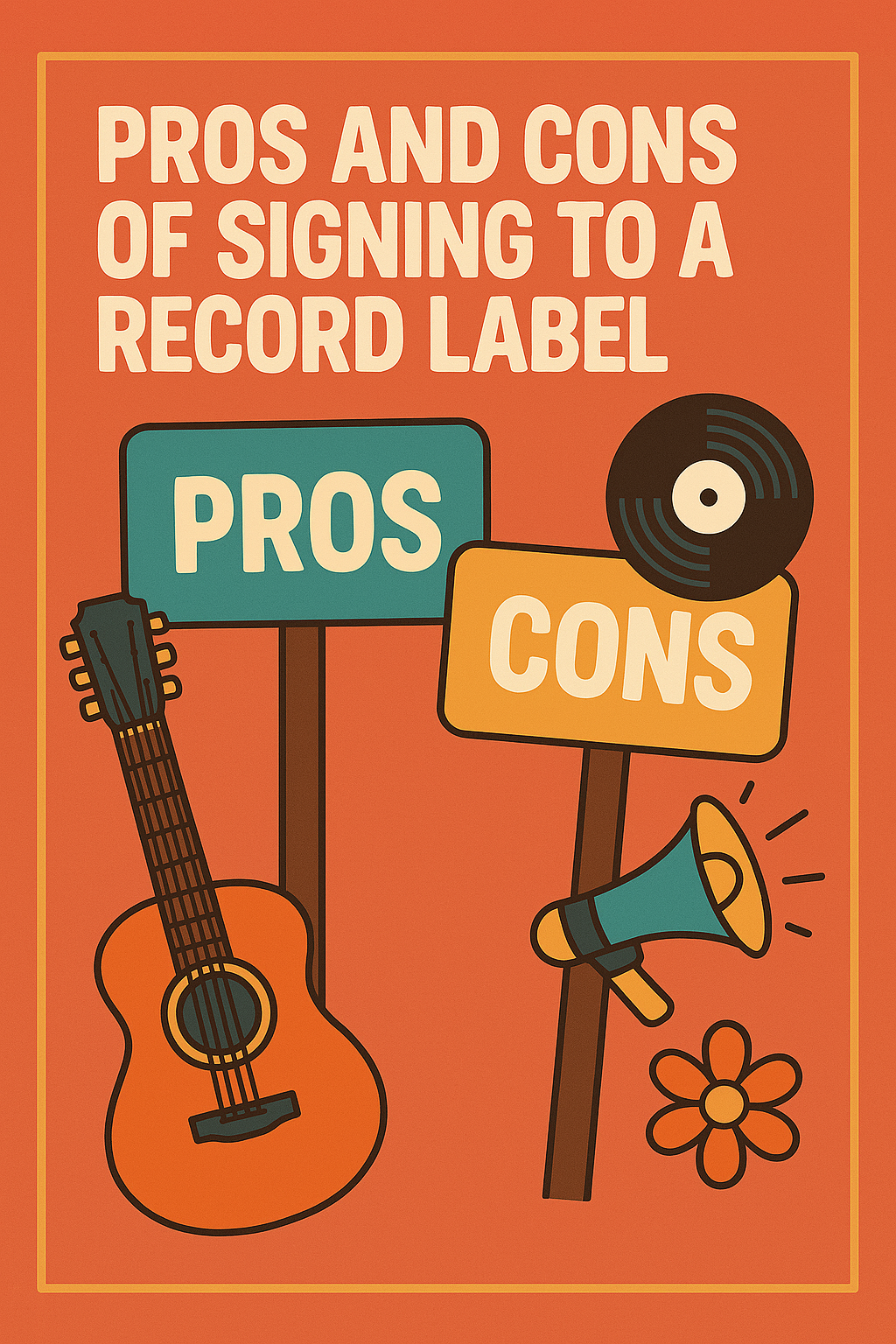In the early days of recorded music, landing a deal with a label—any label—was the golden ticket. Today, the landscape has fractured into a multitude of paths: indie imprints with passionate followings, major corporations wielding deep-pocketed muscle, or the fiercely independent DIY route. Each comes with its own mix of benefits, trade-offs and cultural cachet. Here, we break down what bands gain—and what they give up—when they sign to an indie label, a major label, or choose to go it alone.
Indie labels often live at the sweet spot between grassroots authenticity and professional support. They tend to offer more personalised attention than major players, while still providing infrastructure most DIY bands lack.
Pros
Distribution partnerships: Access to digital and physical distribution channels through networked independents, often with more favorable royalty splits than majors.
Curated tours and showcases: Booking support alongside label mates at festivals and club tours—ideal for building audience crossover.
Niche marketing muscle: Labels that specialize in your genre can target tastemakers, indie press and playlists with precision.
Creative freedom: Smaller rosters usually mean less interference in sound or image, preserving artistic identity.
Cons
Resource limits: Smaller promotion and marketing budgets can mean slower growth or regional confinement.
Less leverage: Indie deals may carry recoupable advances, leaving bands on the hook before royalties kick in.
Scale constraints: Global distribution may rely on third-party partners, creating delays or uneven availability.
When you need scale—think stadium tours, billboard campaigns, superstar collaborations—the majors deliver. But that muscle often comes with strings attached.
Pros
Worldwide reach: In-house global distribution ensures your music lands on every streaming service, in record stores, and on airwaves.
Marketing firepower: Big budgets for video, radio promotion, press campaigns and branded sponsorships.
Tour logistics: Established relationships with booking agents and promoters open doors to large support slots and festival headlining slots.
Industry clout: A major badge still carries prestige, legitimizing you in media, brand partnerships and sync licensing.
Cons
Creative compromise: A&R teams and executives hold sway over single choices, image direction and release timing.
Financial recoupment: Advances, video costs and promotional spend typically get recouped from your royalties before you see revenue.
Contract complexity: Lengthy deals, multi-album commitments and 360° clauses can lock bands into unfavourable terms.
Overshadow risk: On a massive roster, you may find yourself competing internally for attention and resources.
Fuelled by social media, home-recording tech and direct-to-fan platforms, DIY has never been more viable. But independence demands hustle.
Pros
Total control: You own your masters, set your release schedule and decide how your music—and image—is presented.
Higher margins: Without label cuts, streaming and merch revenues flow directly to you (minus platform fees).
Direct fan relationships: Crowdfunding, mailing lists and street-team models foster genuine community and pre-sales.
Agile experimentation: Quick-turn releases, surprise singles or genre-bending projects are all possible on your timetable.
Cons
Limited reach: Breaking through digital noise without label support requires relentless self-promotion and savvy algorithm hacking.
DIY logistics: Distribution, PR, tour booking, accounting and legal work all fall on the band’s shoulders (or require hiring freelancers).
Showcase access: Major festival slots and curated label showcases may be harder to unlock without a promotional machine behind you.
Growth ceiling: Without external investment, scaling beyond regional or niche popularity can plateau.
There is no single “correct” path. Many bands start DIY, partner with an indie label for one or two releases, then weigh the merits of majors once they’ve proven their audience. Others prefer to maintain full independence, plugging into creative collectives or co-ops that mirror label benefits on a micro scale. The keys are clarity around your goals—artistic control, geographic reach, financial stability—and a sober read of what you can realistically manage on your own versus what you need partners to deliver.
Ultimately, signing to a label or flying solo both demand passion, patience and grit. Your best choice will be the one that aligns with your vision for growth, your tolerance for business complexities, and the kind of creative freedom you’re unwilling to compromise. Whatever route you take, success in today’s music world means understanding the trade-offs and leaning into the strengths of your chosen path.

